Camera is a convenient and important tool for painting and drawing. It’s quite common for artists to take reference photos and produce a drawing or painting in the studio. And cameras are getting smaller, every more sophisticated and powerful. It’s so much easier to take pictures for reference instead of hiring a model to sit for us or carrying all the painting gears with us and paint for hours outdoor. It’s understandable that if you are working on a large scale landscape painting, you would work from photos since it’s impractical to do this en plein air. But if you use photos for more than 90% of art work, it may limit the potential of you as an artist and your art and here is why.
Firstly, the eye is more sophisticated than the camera. The eye has the brain power behind it and can automatically refocus and color correct in different lighting. (You can see the eye and camera smack down video on YouTube here. It’s short and sweet.) More importantly, the eye sees height, width and depth, the camera only sees height and width and renders an image on a two-dimensional photo. If you rely on reference photos for most of your art works, they will likely to appear flat.
Secondly, when you do live drawing or painting, you’re using not only your eyes, but all your other senses to experience, explore and commune with the subject matter and incorporate the reading from all the senses into your art work. We have all had the experience that no matter how many pictures we take, no matter how sophisticated the camera gear that we use, no photo can fully convey the splendor and atmosphere of a scene or the personality of a person that we have met. Furthermore, light and color in nature are so much richer than what a photo can offer.
Lastly, overly relying on photo limits creativity. Creativity here refers to your personal interpretation of light and color and rendering it using brush strokes, texture and paint. When all you have is a reference photo, it’s tempting to replicate the photo and all the details in it. The painting may have all the photo realistic details, but it will be a reproduction of the photo and appear flat. Plus, what is the point of trying to compete with a camera?
To be sure, sometimes using photos is unavoidable and camera is indeed a very convenient and powerful tool. What I am suggesting is that you should do live drawing or painting as much as possible and try to limit the use of camera when it can be avoided for the reasons listed above. So next time when you are tempted to rely on reference photos when you have the chance to do a plein air landscape or live painting, ask yourself, would you like to replace your eye with a camera?

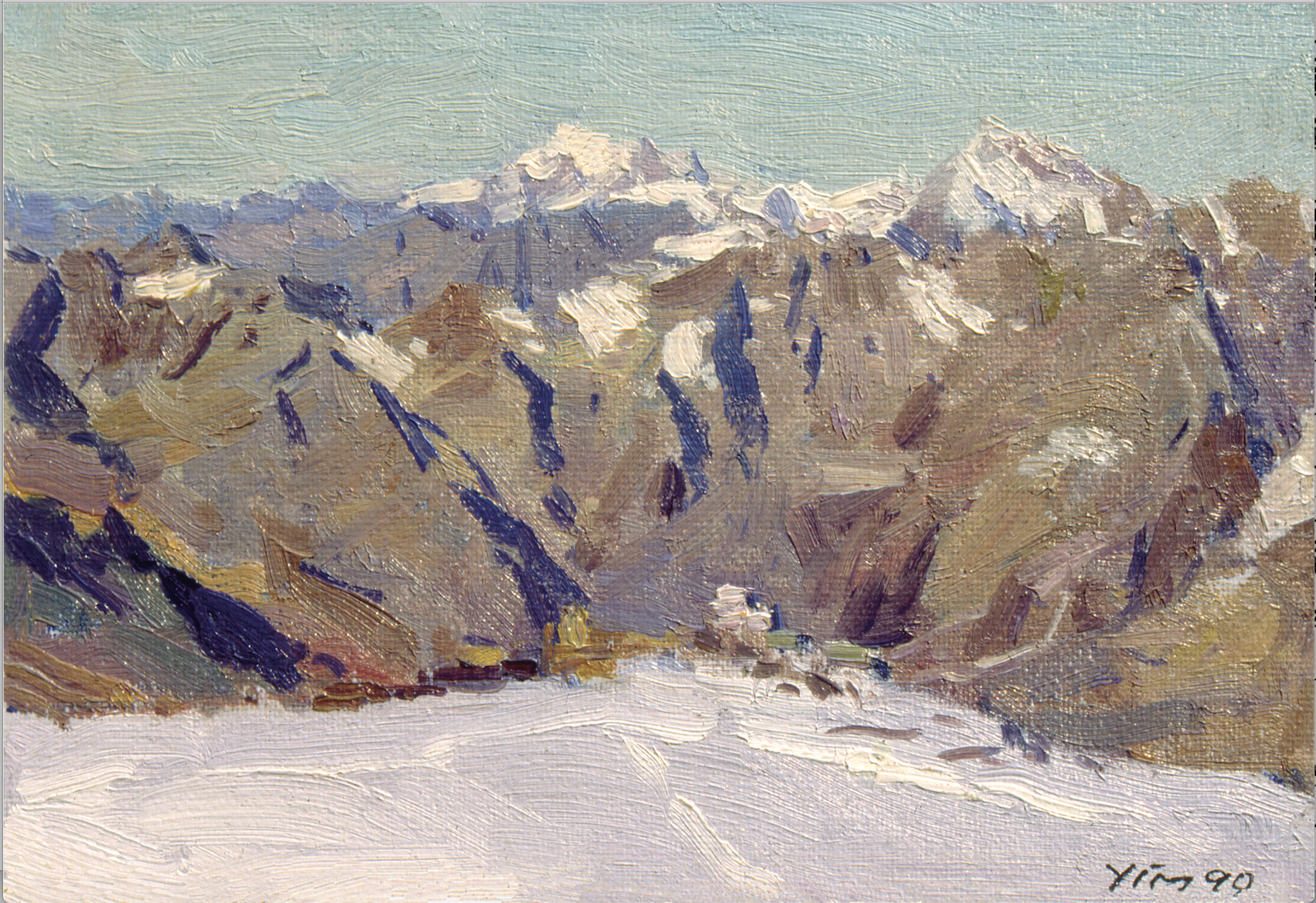

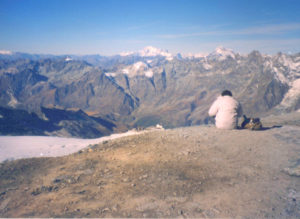
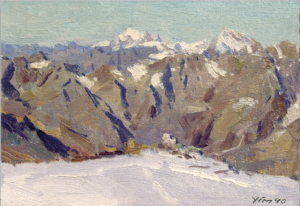
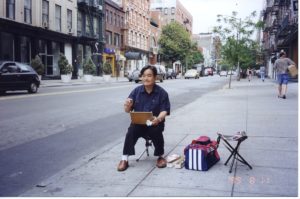
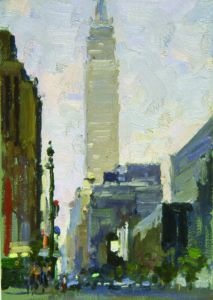

Really good and convincing comments!